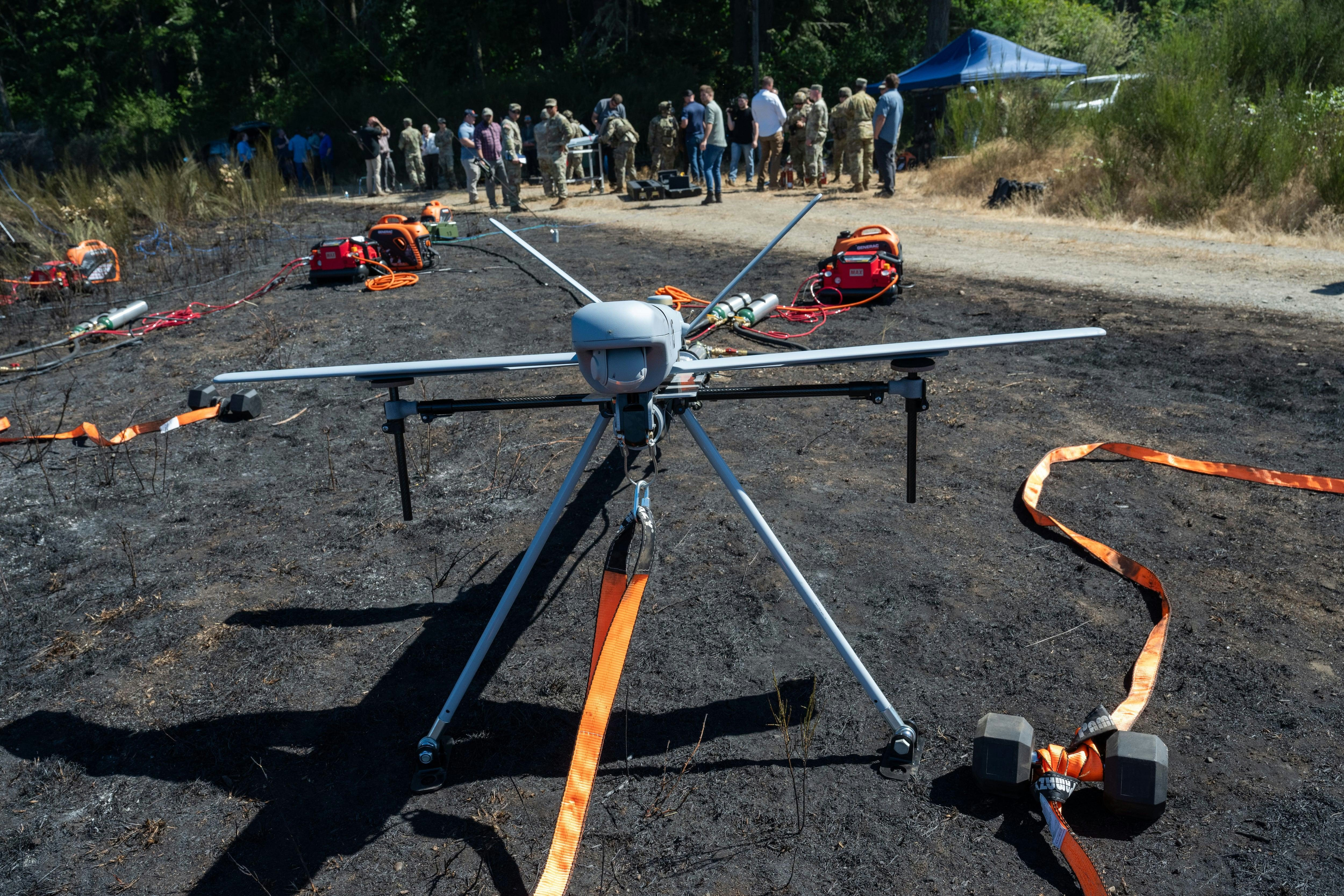
AeroGenie - مساعد الطيار الذكي الخاص بك.
الرائج الآن
Categories
Rolls-Royce Retires Boeing 747 Testbed N787RR After Two Decades
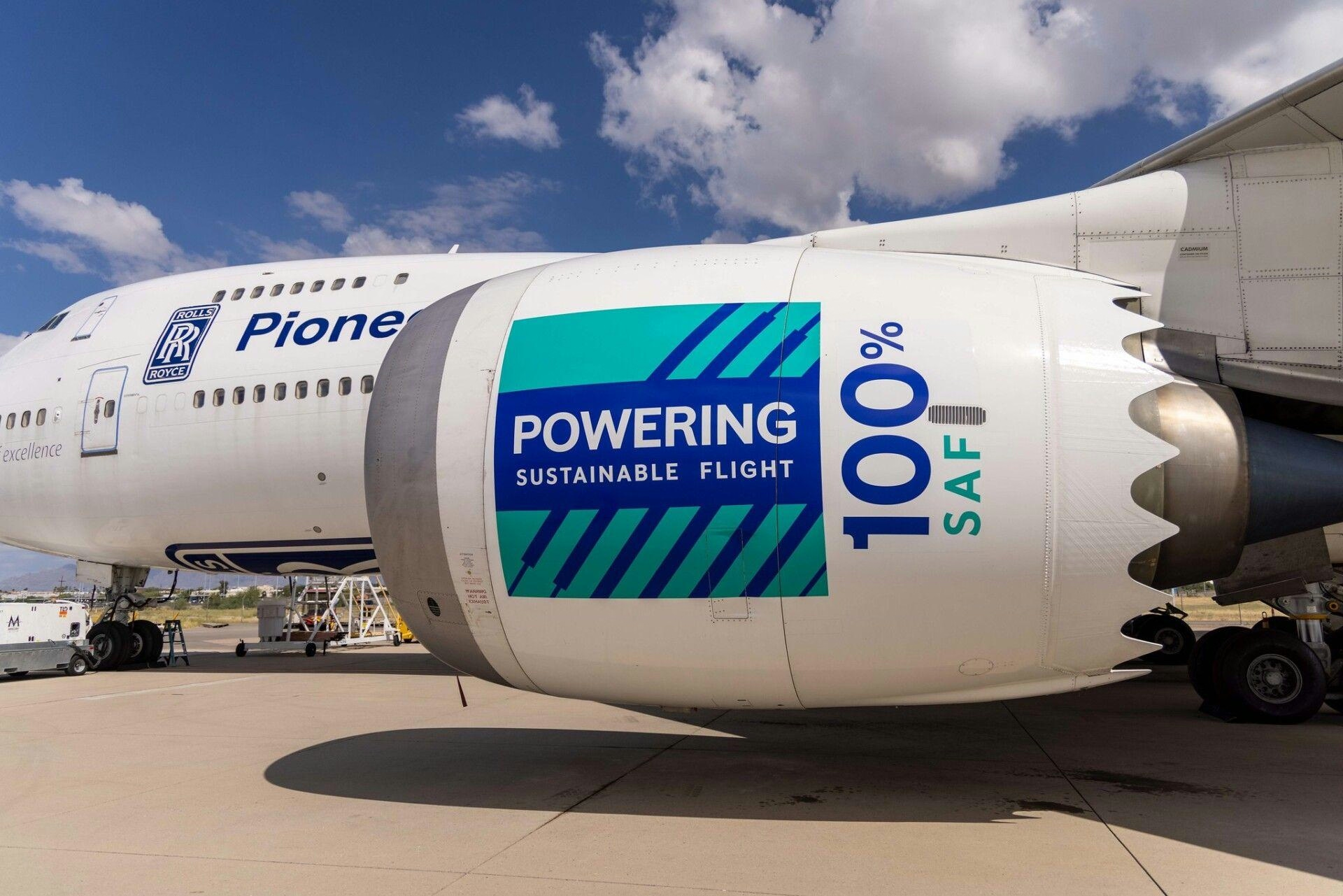
Rolls-Royce Retires Iconic Boeing 747 Testbed N787RR After Two Decades
On July 9, 2025, Rolls-Royce officially retired its renowned Boeing 747-200 flying testbed, registered as N787RR, concluding nearly 20 years of groundbreaking engine development and flight testing. Stationed at Tucson International Airport, this distinctive aircraft played a pivotal role in advancing jet propulsion technology, establishing a lasting legacy in aviation innovation.
A Legacy of Innovation and Testing
Originally delivered to Cathay Pacific in 1980 under the registration VR-HIA, the aircraft later served with Air Atlanta Icelandic before Rolls-Royce acquired and converted it in 2005. Upon re-registration as N787RR, the 747-200 was transformed into a sophisticated flying laboratory. Its passenger cabin was stripped and refitted with advanced instrumentation, recording stations, and a custom mounting system capable of supporting up to five engines simultaneously. The four-engine 747-200 platform provided the necessary operational redundancy to safely test experimental powerplants, including the Trent 1000 and Pearl 10X engines.
Throughout its service, N787RR became synonymous with test flight innovation. In October 2023, it completed a landmark flight powered entirely by sustainable aviation fuel (SAF) on a Trent 1000 engine, demonstrating both the reliability and environmental potential of SAF at 43,000 feet over Arizona and Texas. The following year, the aircraft supported rigorous flight testing of the Pearl 10X engine, destined for the Dassault Falcon 10X business jet. These trials validated critical engine performance parameters, including anti-icing systems, in-flight relight capabilities, and fan vibration characteristics at altitudes reaching 45,000 feet.
Over two decades, the aircraft’s unique five-engine configuration provided unparalleled flexibility, accommodating a wide range of commercial and business jet engines. N787RR became a familiar sight at Tucson International Airport, admired by aviation enthusiasts for its distinctive mission and notable registration.
Transition and Future Challenges
The retirement of N787RR marks a significant transition for Rolls-Royce. The aging 747-200, now approaching 45 years in service, faced escalating maintenance and support costs, with an average of about 25 flights per year. Plans to replace it with a more modern 747-400 testbed, registered as N747RR, were abandoned in 2022 due to the COVID-19 pandemic, which disrupted engine development schedules and necessitated a reassessment of future testing strategies.
This shift presents new challenges as Rolls-Royce adapts its engine testing and development processes. The company is now concentrating on next-generation projects such as UltraFan, ALECSys, and exploring hydrogen-compatible platforms. Concurrently, Rolls-Royce’s broader market positioning is evolving, with increased focus on luxury automotive ventures including the Black Badge Spectre and Phantom Dentelle. A recent $75 million expansion in South Carolina underscores the company’s commitment to maintaining its competitive edge, even as it faces intensified competition from rivals seeking to capture market share in both aviation and luxury sectors.
As Rolls-Royce retires N787RR, the company stands at a crossroads, balancing its storied legacy in aviation innovation with the demands of a rapidly evolving industry.

Lufthansa's Fleet Plans for 2025

Fifteenth National Games Model Aviation Finals in Longhua Showcase Drone Sports and Innovation
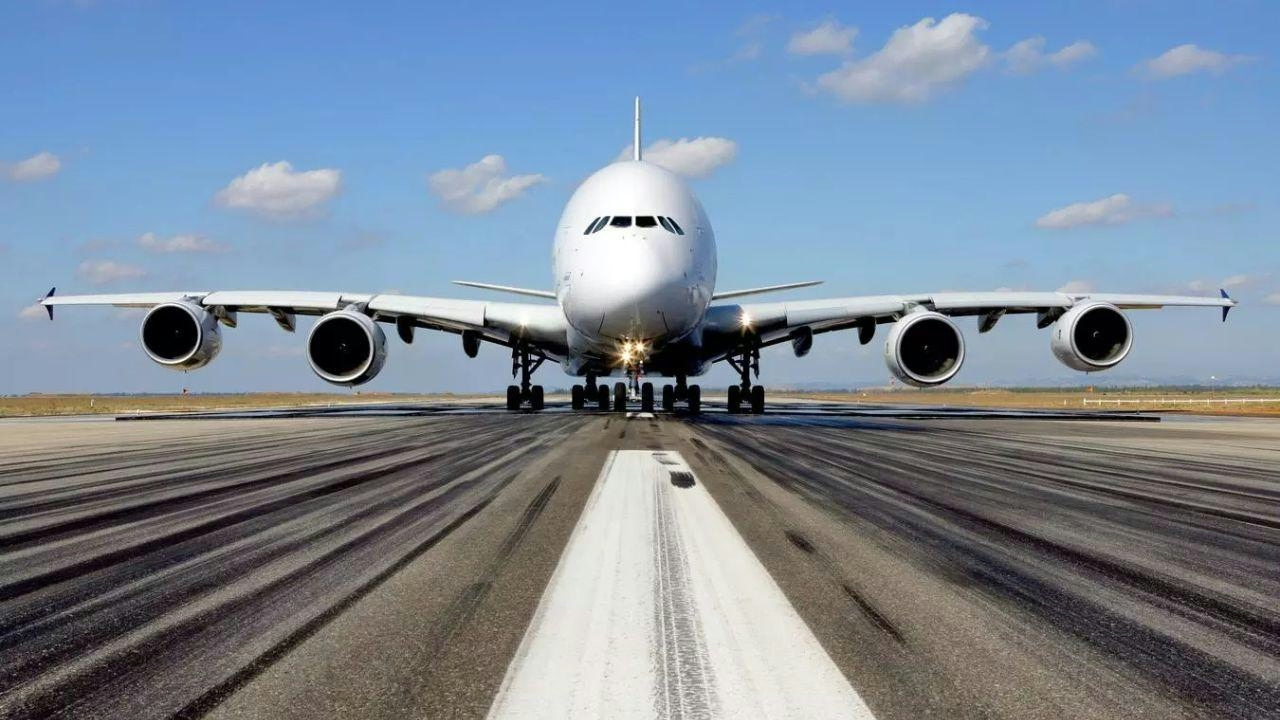
Brazilian Woman Becomes First Female Captain of Airbus A380
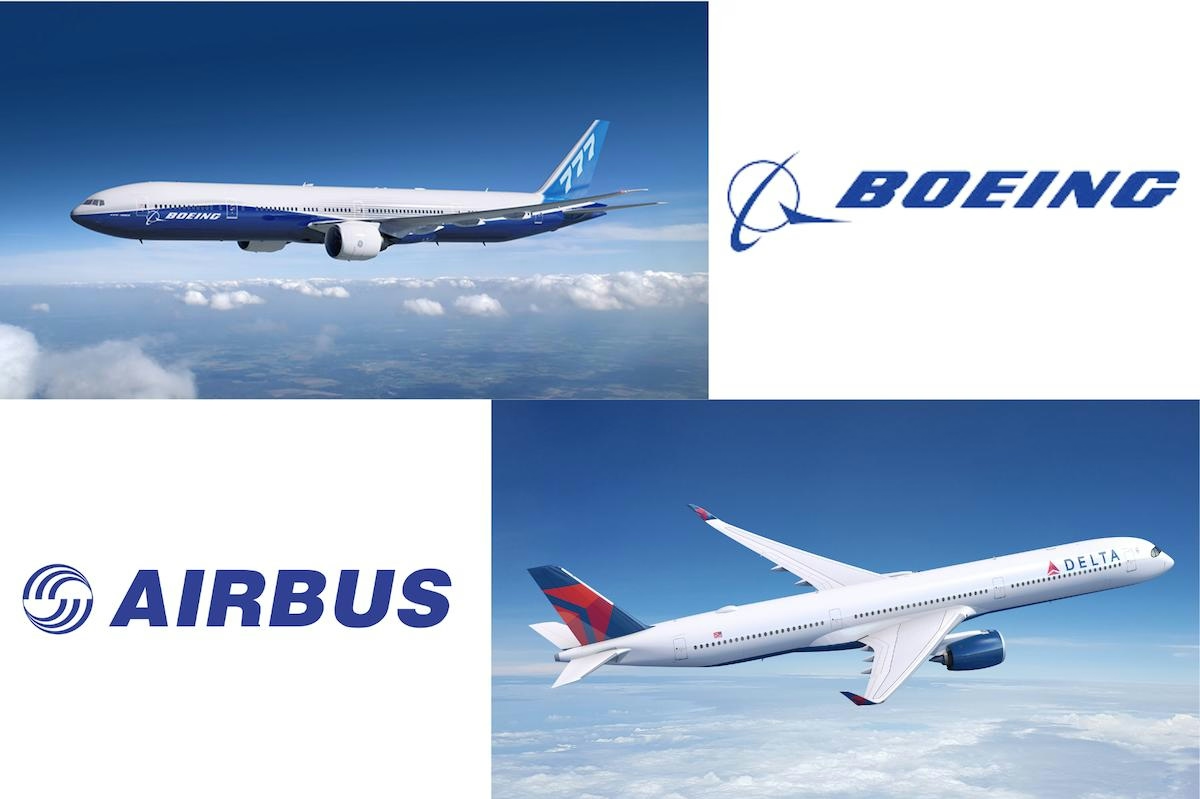
Airbus and Boeing: Comparing Their Global Reach
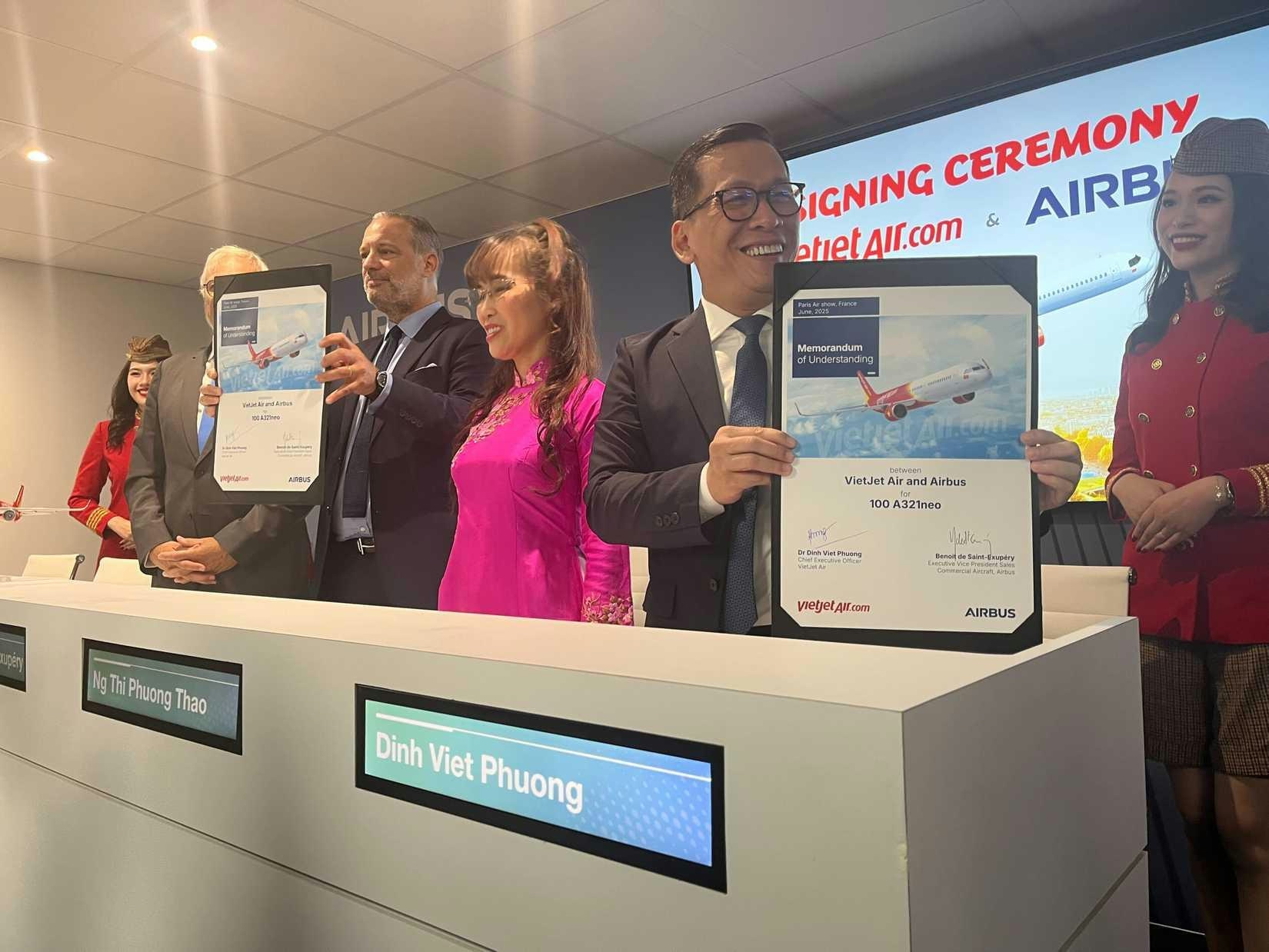
Vietjet Orders 100 Airbus A321neo Jets, Strengthening UK-Vietnam Strategic Partnership
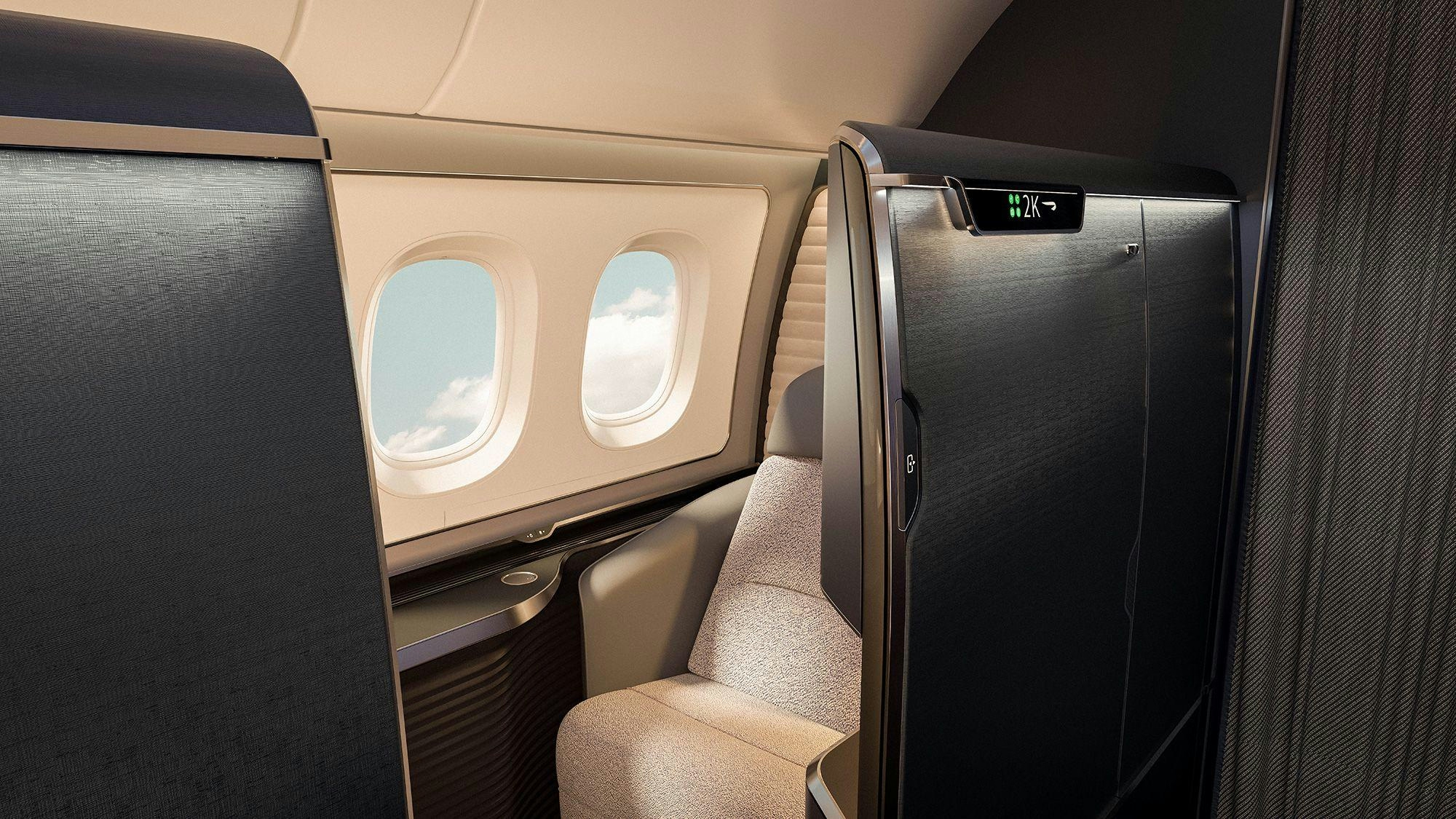
The Aircraft Set to Replace the Iconic Superjumbo

Delta Air Lines Introduces AI-Powered Concierge Service

Shanghai to Host 2025 North Bund International Aviation Forum
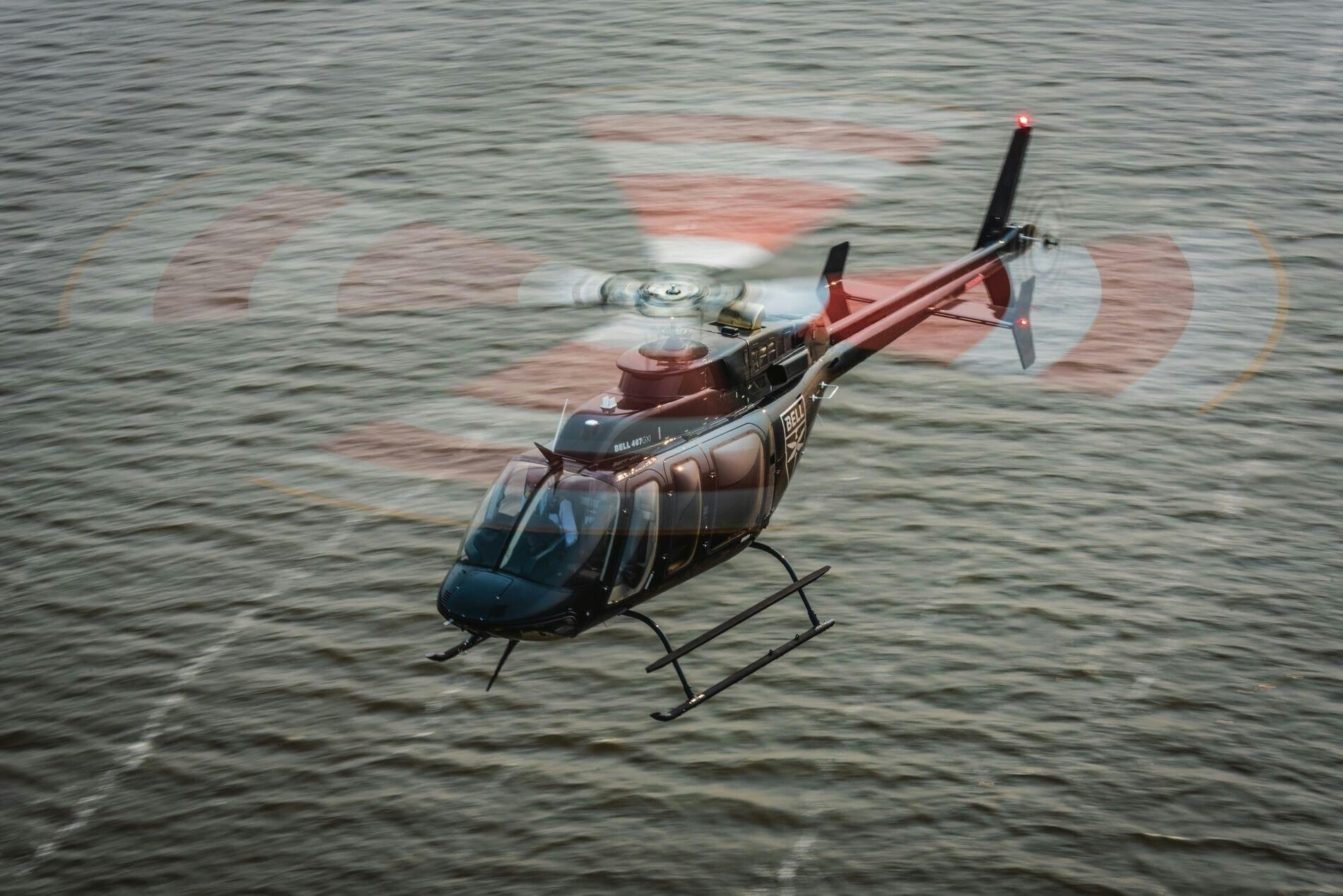
Air Methods Acquires Three Bell 407GX Helicopters and Receives Bell 429 for Medical Fleet
